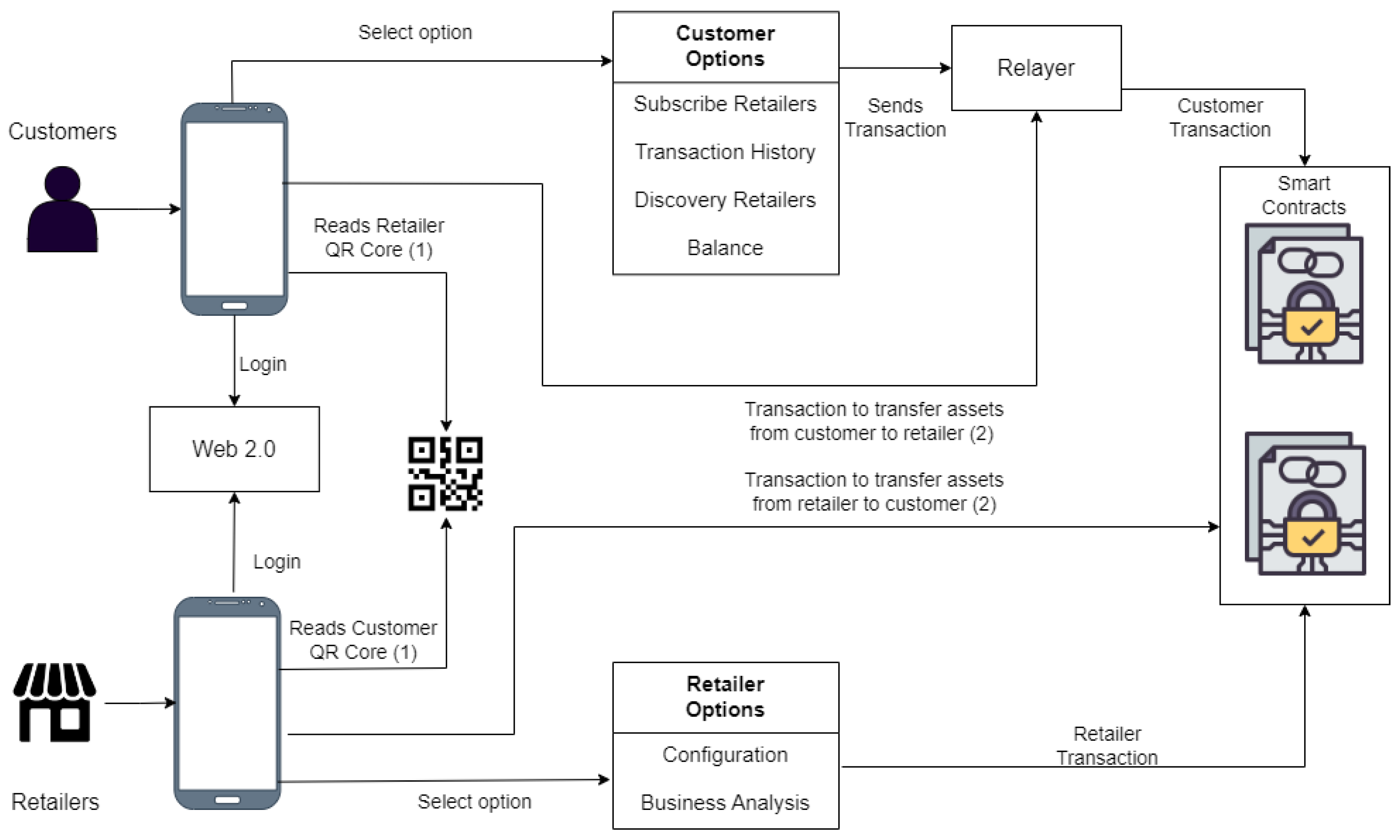CCCam HD Insights
Stay updated with the latest in streaming and tech.
Why Loyalty Point Systems Are the Secret Sauce for Customer Retention
Unlock the secret to customer loyalty! Discover how loyalty point systems can keep your customers coming back for more.
Unlocking Customer Commitment: How Loyalty Point Systems Enhance Retention
In today's competitive marketplace, loyalty point systems have emerged as a vital tool for businesses aiming to enhance customer retention. These systems reward consumers for their purchases, effectively encouraging repeat business and building a community of dedicated customers. By implementing a structured loyalty program, brands can not only improve customer satisfaction but also gain invaluable insights into buying behaviors and preferences. According to recent studies, companies with loyalty programs see a 5-10% increase in customer retention rates, underscoring the efficacy of this approach.
Moreover, loyalty point systems foster a deeper emotional connection between customers and brands. When customers feel valued and appreciated through personalized rewards or exclusive offers, they are more likely to remain committed to a brand. For instance, integrating tiers within loyalty programs can motivate customers to strive for higher rewards, further increasing their engagement. Thus, investing in a loyalty point system not only enhances retention but also translates into long-term revenue growth, making it a strategic imperative for any business seeking to thrive in an evolving market landscape.

Counter-Strike is a highly popular first-person shooter game that has gained a massive following over the years. Players engage in intense multiplayer battles, where teamwork and strategy are essential for success. For those interested in enhancing their gaming experience, using a stake promo code can provide great benefits.
The Psychology Behind Loyalty Points: Why Customers Stick Around
The psychology behind loyalty points reveals that the desire for rewards taps into deeper emotional triggers. When customers engage with a brand, the accumulation of points creates a sense of achievement and fulfillment, akin to winning a game. This framework of reward not only encourages repeat purchases but also fosters a sense of belonging to a community or club. By creating a structured way for consumers to earn points, businesses build an environment where customers feel valued and appreciated, motivating them to choose their brand over competitors.
Furthermore, loyalty points can enhance customer relationships by implementing a reciprocal exchange strategy. When customers perceive that they are receiving something in return for their loyalty, their emotional investment in the brand increases. As a result, they are more likely to share their positive experiences with others, becoming brand advocates. As loyalty programs evolve to include personalized rewards and immersive experiences, the psychological impact deepens, increasing customer satisfaction and leading to long-term loyalty.
Are Loyalty Point Systems Worth It? Understanding Their Impact on Customer Retention
Loyalty point systems have gained significant popularity across various industries, but the question remains: Are loyalty point systems worth it? These programs are designed to reward customers for their repeat business, offering points that can be redeemed for discounts, free products, or exclusive experiences. A well-implemented loyalty program can drive customer retention by creating a sense of belonging and appreciation. According to studies, businesses with effective loyalty systems can see an increase in customer retention rates by as much as 30%, as customers feel incentivized to return rather than seek out competitors.
However, the success of loyalty point systems is not solely dependent on their structure; it also hinges on how well they are communicated and perceived by customers. For instance, if customers perceive the point redemption process as complicated or the rewards as unattainable, they are less likely to engage. Understanding their impact on customer retention is crucial for businesses to make informed decisions. A clear and straightforward loyalty program can significantly enhance customer satisfaction and loyalty. Here, businesses must analyze customer feedback and tweak their programs accordingly to ensure they genuinely add value to the customer experience.